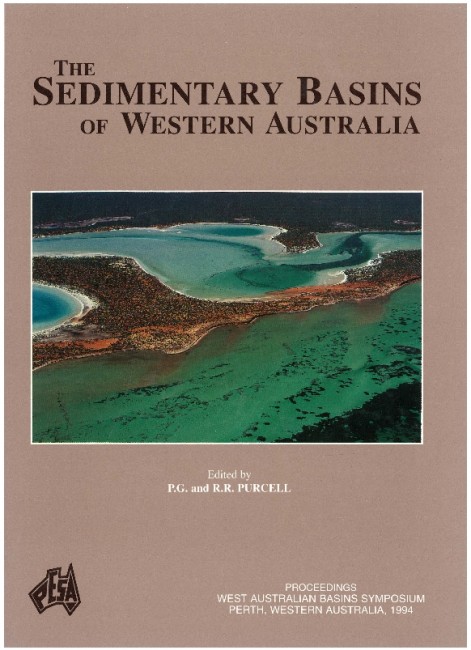Publication Name: The Sedimentary Basins of WA
Authors: Lorraine Mitchelmore and Neville Smith
Publication Volume: 1
Date Published: July 1994
Number of Pages: 25
Reference Type: Book Section
Abstract:
The discovery of the West Muiron gas and oil fields in 1992/3 (now renamed the Macedon-Pyrenees fields) wasthe culmination of an intensive two-year period of regional geophysical and geological evaluation by the WA-155-P Joint Venture in the Carnarvon Basin, offshore Western Australia. The first wells drilled on the structure in 1972 and 1975 by WAPET failed to encounter hydrocarbons, and the prospectivity of the area was further downgraded by the discovery in 1982 of heavily biodegraded oil in Cretaceous sandstones at Novara-1, 30 km to the northwest. A new approach was required, therefore, to stimulate interest in the prospect.
The most distinctive seismic feature at West Muiron is a significant amplitude anomaly at the base of the regional Lower Cretaceous seal. While seismic attribute analysis of this anomaly demonstrated that it could be
associated with gas or gas-charged oil in a high quality reservoir, the outline of the anomaly could not be matched to the structural form of the prospect based on seismic time mapping. Detailed regional seismic velocity analysis tied to available well control was the key to accurate remapping of the prospect in depth. Wells drilled during 1992 and 1993 confirmed the structural reinterpretation and provided vital additional velocity control points. The amplitude anomaly is now interpreted to fall primarily within the structural limits of the hydrocarbon accumulations.
Reservoir quality and distribution, hydrocarbon producibility, and accurate fault distribution and displacement mapping, are now the principal factors influencing the design of an appraisal program for the Macedon-Pyrenees fields. A 620 km2 three-dimensional seismic survey recorded during August-October 1993, and further appraisal wells to be drilled in 1994/5, have been designed to delineate the fault-partitioning of the fields, determine the distribution of productive Lower Cretaceous sands and better define the volume of potential reserves.


